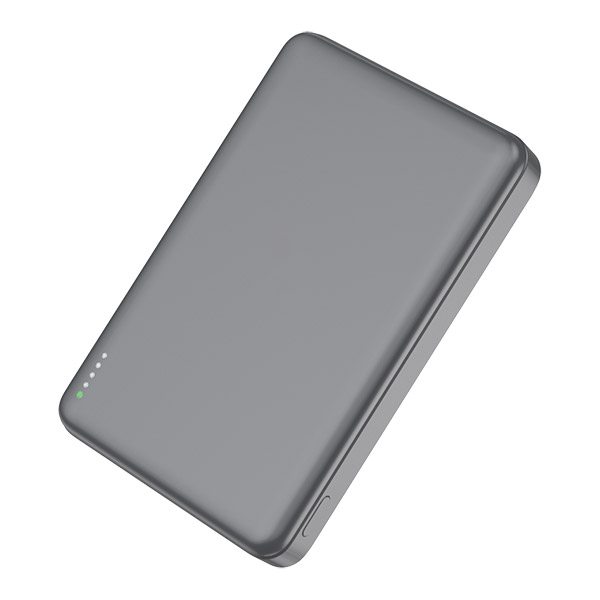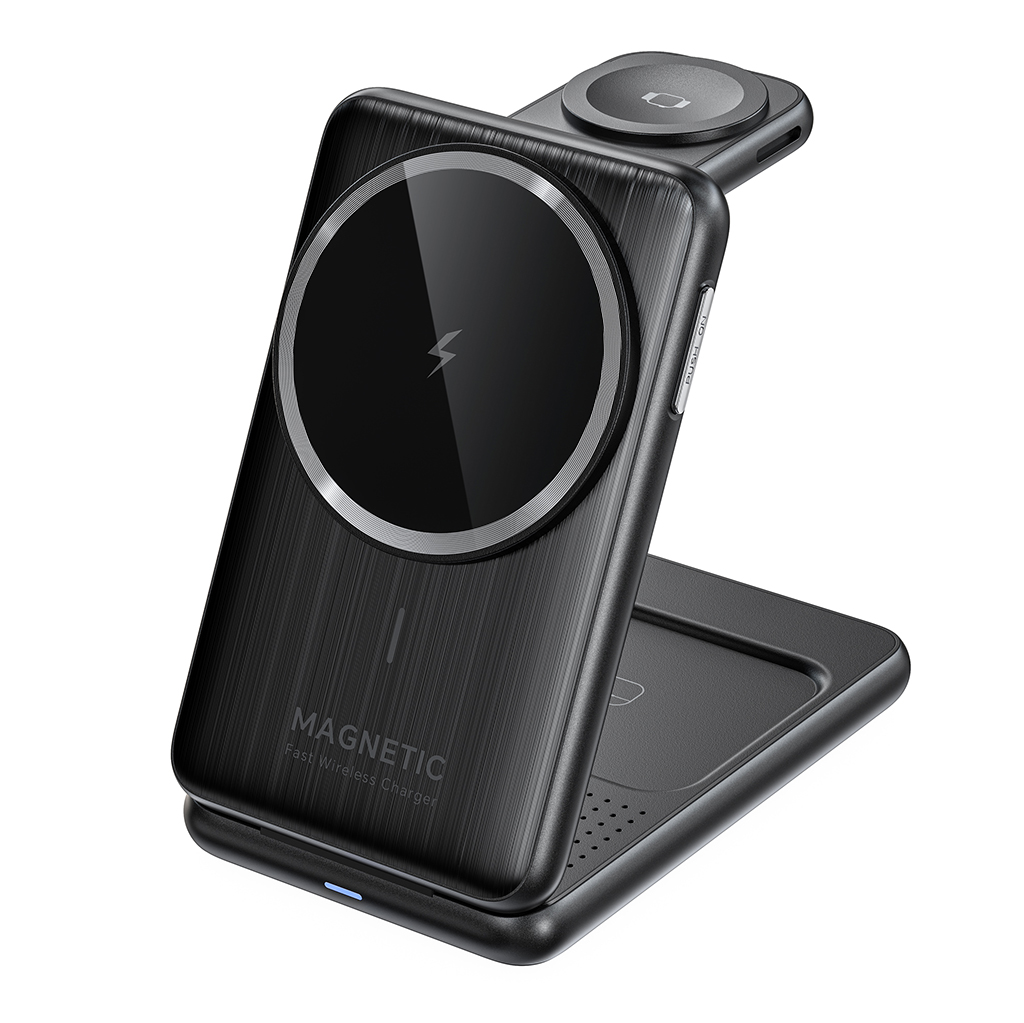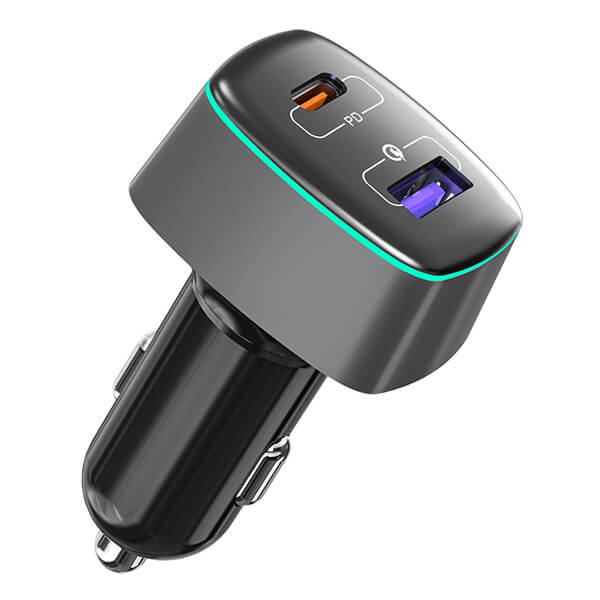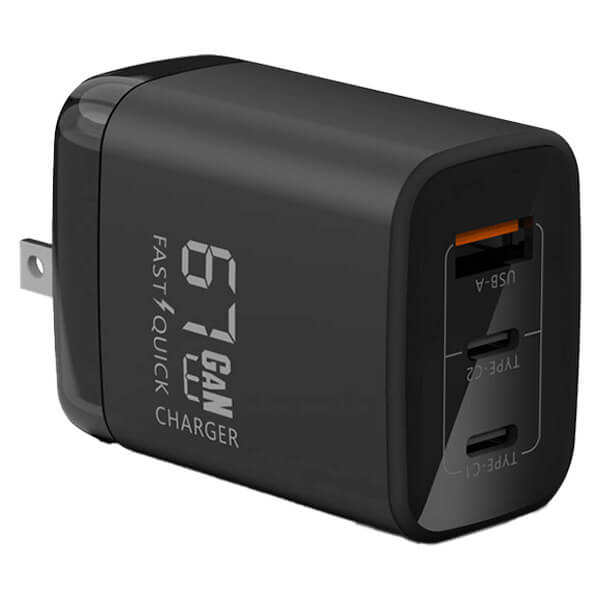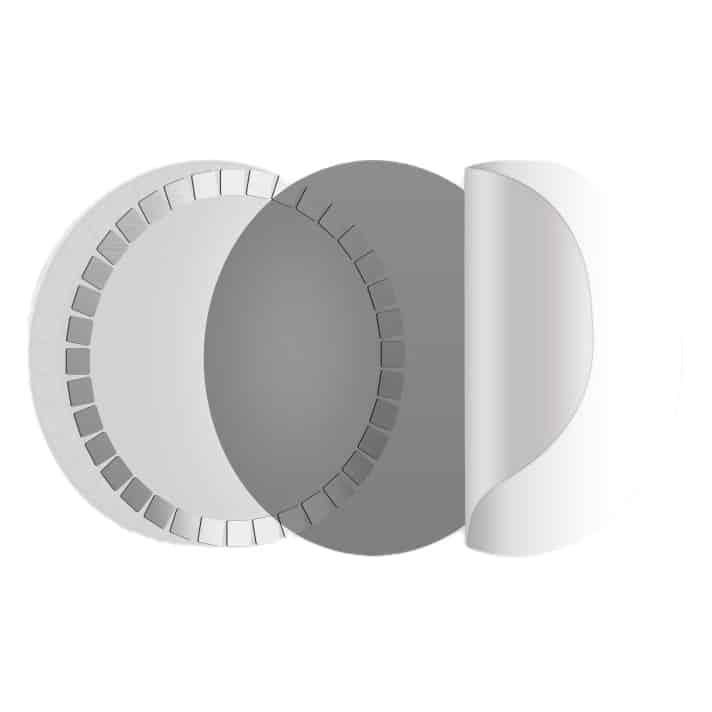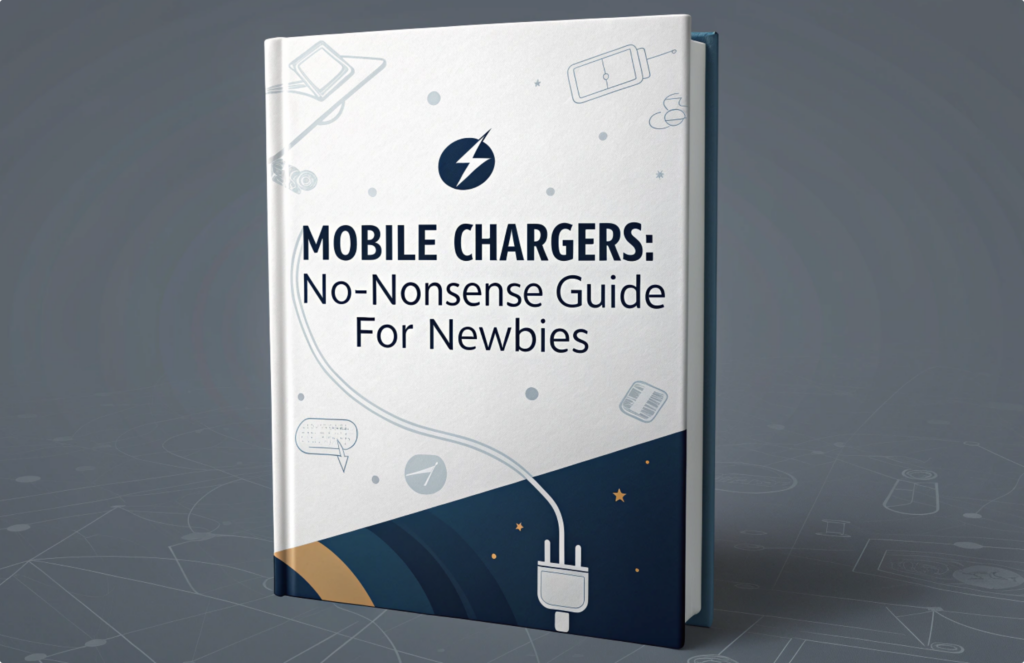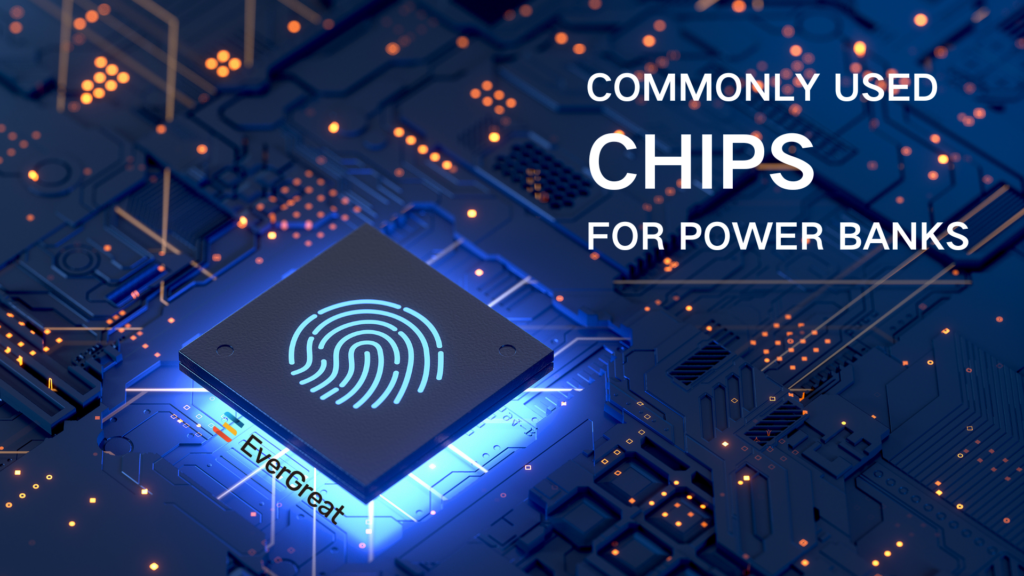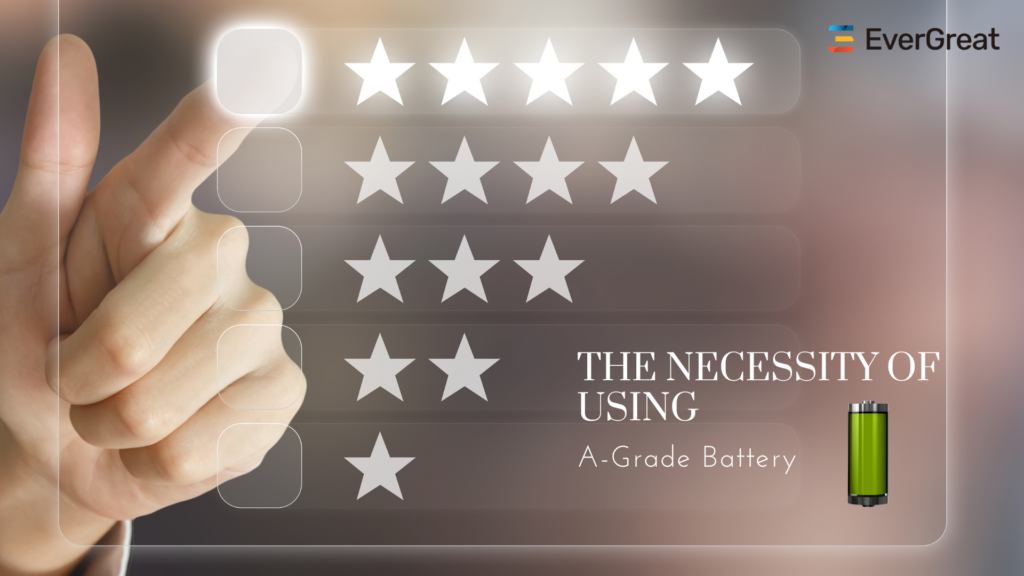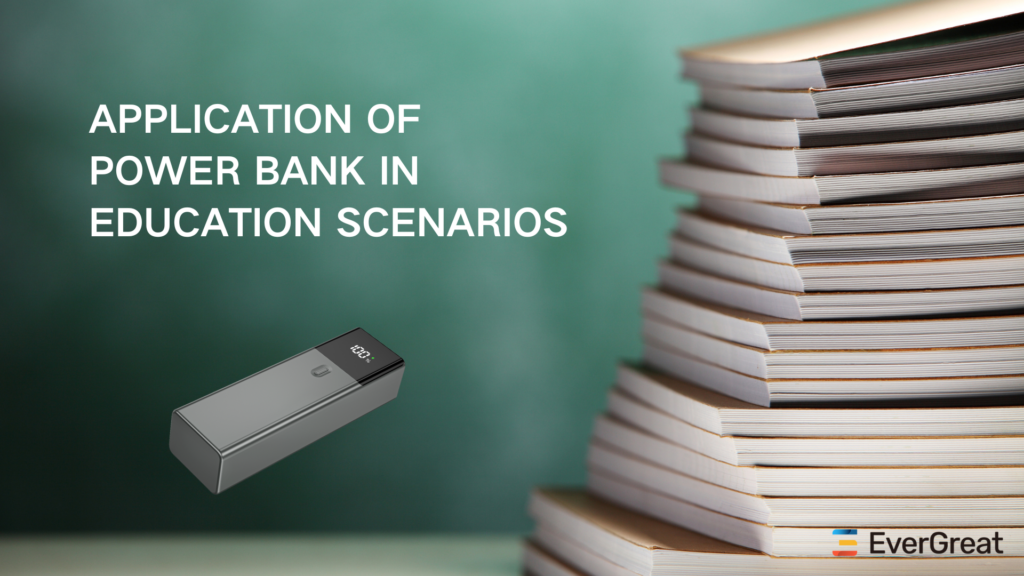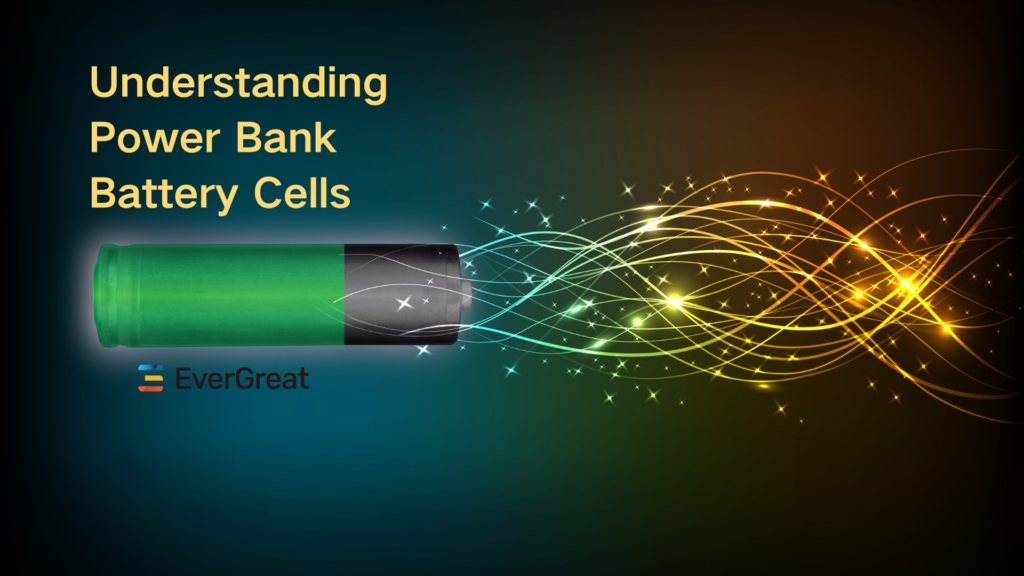
One of the core components of a power bank is the battery cell, which directly impacts safety, lifespan, capacity, and overall performance. The market primarily features three types of battery cells: 18650 cylindrical cells, polymer pouch cells, and LiFePO4 (lithium iron phosphate) cells. Each has its advantages and is suited for different types of power banks. Understanding these differences can help buyers make informed purchasing decisions.
1. 18650 Cylindrical Cells – Traditional & Cost-Effective for Power Banks
Key Features:
✅ Highly standardized: The 18650 cell (18mm in diameter, 65mm in length) is widely used in laptops and power tools, ensuring a mature supply chain with lower costs.
✅ Shorter cycle life: Typically lasts 300-500 cycles, which is shorter than polymer pouch cells.
✅ Moderate energy density: Single-cell capacities range from 2200mAh to 3500mAh, requiring multiple cells in parallel to achieve high capacity.
✅ Lower safety level: Compared to polymer cells, 18650 cells have a higher risk of short-circuiting if physically damaged.
Best Use Cases:
🔹 Medium-capacity power banks (5000mAh-20000mAh): Typically composed of 2-6 18650 cells for standard portable charging needs.
🔹 Non-ultra-thin designs: Due to fixed dimensions, they are unsuitable for ultra-slim models.
2. Polymer Pouch Cells – Premium Choice for Lightweight and Thin Power Banks
Key Features:
✅ Higher energy density: More compact than 18650 cells, allowing for single-cell capacities exceeding 5000mAh.
✅ Longer cycle life: Generally 500-800 cycles, making them more durable than 18650 cells.
✅ Enhanced safety: Soft-pack design prevents explosion risks by expanding rather than combusting under stress.
✅ Customizable shapes: Can be made ultra-thin, flexible, or uniquely shaped, making them ideal for premium power banks.
Best Use Cases:
🔹 MagSafe wireless power banks: Ideal for lightweight and compact wireless charging solutions.
🔹 Ultra-thin fast-charging power banks: Preferred for professional or travel use where space and weight are critical.
🔹 High-capacity power banks (10000mAh-30000mAh): Offers better weight-to-capacity ratio than 18650 cells.
3. LiFePO4 (Lithium Iron Phosphate) Cells – Long-Lasting & Suitable for High-Power Applications
Key Features:
✅ Extremely long lifespan: Can last 1500-3000 cycles, up to 5 times longer than standard lithium-ion cells.
✅ Superior safety: More stable chemistry, resistant to overheating, and does not pose explosion risks.
✅ Handles high power output: Suitable for high-wattage charging (100W+), making it ideal for laptops and professional use.
❌ Lower energy density: Compared to lithium-ion cells, LiFePO4 has about 10-20% lower capacity for the same volume.
❌ Heavier weight: Heavier than both polymer and 18650 battery packs, making ultra-portability challenging.
Best Use Cases:
🔹 High-power power banks (100W-130W): Designed for laptops, gaming consoles, and high-drain devices.
🔹 Outdoor portable power stations: Reliable for camping, emergency backup, and rugged use.
🔹 Durable and long-life power banks: Preferred by professional users requiring longevity and stability.
By selecting the appropriate battery type, businesses can align their power bank products with specific market needs, balancing cost, performance, and user experience effectively.

